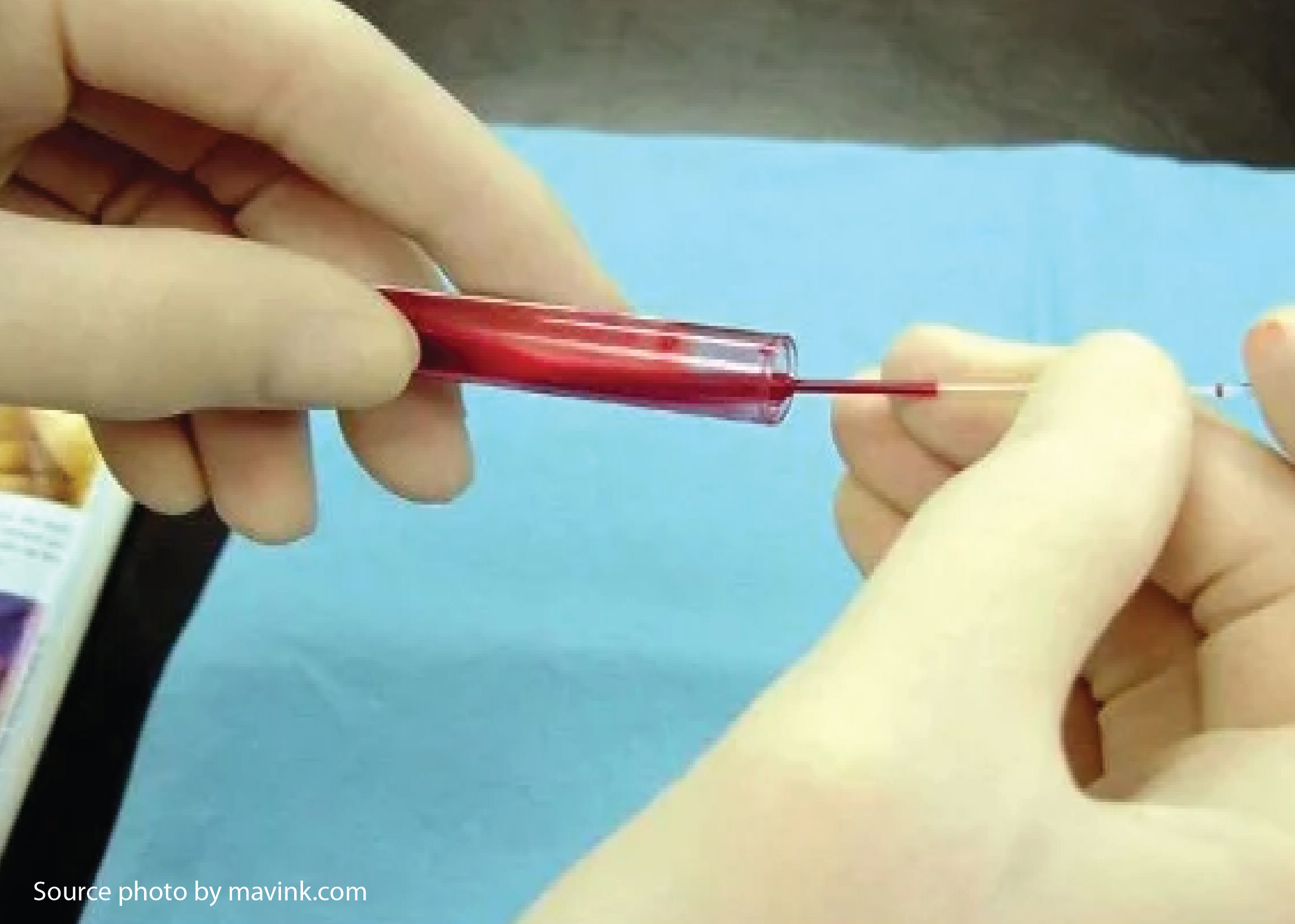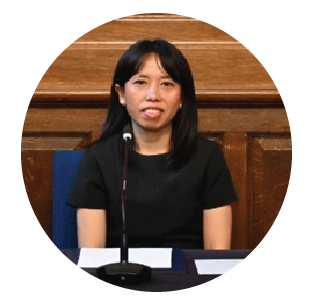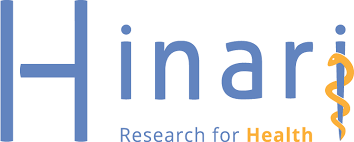DIFFERENT OF HEMATOCRIT VALUE MICROHEMATOCRIT METHODS AND AUTOMATIC METHODS IN DENGUE HEMORRHAGIC PATIENTS WITH HEMOCONCENTRATION

Downloads
Background: Many people in Indonesia. Hematocrit examination is one of the important examinations to help diagnose dengue fever. Increased hematocrit (hemoconcentration) occurs with dengue hemorrhagic fever caused by plasma leakage. Hematocrit examination can be done by microhematocrit method and automatic method. The microhematocrit method has the principle that the blood with anticoagulants is centrifuged at a certain speed, the erythrocytes will separate from the plasma. While the automated hematology analyzer uses the principle of flowcytometry which detects based on the height of the erythrocyte pulse. Purpose: To know the differences in hematocrit values of the microhematocrit method and the automatic method in patients with hemoconcentration of Dengue Hemorrhagic Fever. Method: The study was conducted by observational analytics in March 2019 with a total of 30 samples at RSU. Haji Surabaya. The data obtained was analyzed using the Paired Sample T-Test with the SPSS 16.0 program to determine whether there were significant differences in hematocrit values between the microhematocrit method and the automatic method. Result: The results showed that the hematocrit examination results of microhematocrit method obtained an average of 46.93%, while the automatic method obtained an average of 45%. This shows the hematocrit examination results of the microhematocrit method are higher than the automatic method. Based the results of paired sample statistical tests t Tests obtained a significance value of 0.00 were less than 0.05. Conclusion: There are significant differences between the hematocrit examination results of the microhematocrit method and the automatic method.
Gandasoebrata, R. 2010. Penuntun Laboratorium Klinik. Jakarta: Dian Rakyat.
Gebretsadkan, G., Tessema, K., Ambachew, H., Birhaneselassie, M. 2015. The comparison between microhematocrit and automated methods for hematocrit determination. International Journal of Blood Research and Disorders Vol. 2(1). Pp. 1 – 3.
Hapsari, M. M., Herawati, Y., A. D. B. Sachro, H. Farida, Setiati, T. E. 2006. Pemberian Transfusi Darah pada Pasien DBD. Media Medika Indonesia Vol. 1. Pp. 17-22.
Herawati. 2016. Pemeriksaan Hematokrit Metode Mikrohematokrit Antara Menggunakan Centrifuge Sudut dengan Centrifuge Mikrohematokrit. Diploma Thesis. Ciamis: Sekolah Tinggi Ilmu Kesehatan Muhammadiyah Ciamis.
Kan, E. F., Rampengan, T. 2004. Factor Associated with Shock in Children with Dengue Hemorrhagic fever. Paeditrica Indonesia Vol. 44. Pp. 171-74.
Kementerian Kesehatan Republik Indonesia. 2013. Pedoman Pengendaliann DBD di Indonesia. Jakarta: Kemenkes RI
Larry, Waterbury. 1998. Buku Saku Hematologi. Jakarta: Buku Kedokteran EGC.
Longanbach, S., Miers, M. 2015. Automated blood cell analysis. In Rodak's Hematology: Clinical Principles and Applications. St. Louis: Elsevier Saunders
Raihan, Hadinegoro, S. R. S., Tumbelaka, A.R. 2010. Faktor Prognosis Terjadinya Syok pada Demam Berdarah Dengue. Sari Pediatri Vol. 12 (1). Pp. 47-52.
Rasyada, A., Nasrul, E., Edward, Z. 2014. Hubungan Nilai Hematokrit Terhadap Jumlah Trombosit pada Penderita Demam Berdarah. Jurnal Kesehatan Andalas Vol. 3(3). Pp. 344-345.
Rena, N. M. A. R., S. Utama, T. Purwati. 2009. Kelainan Hematologi Pada Demam Berdarah Dengue. Jurnal Penyakit Dalam. Vol. 10(3). Pp. 218-225.
Sutedjo, A. Y. 2007. Mengenal Penyakit Melalui Hasil Pemeriksaan Laboratorium. Yogyakarta: Amara Books.
WHO. 2009. Dengue Guidelines for Diagnosis Treatment, Prevention and Control New Edition. Geneva: WHO.
Copyright (c) 2019 Journal of Vocational Health Studies

This work is licensed under a Creative Commons Attribution-NonCommercial-ShareAlike 4.0 International License.
- The authors agree to transfer the transfer copyright of the article to the Journal of Vocational Health Studies (JVHS) effective if and when the paper is accepted for publication.
- Legal formal aspect of journal publication accessibility refers to Creative Commons Attribution-NonCommercial-ShareAlike (CC BY-NC-SA), implies that publication can be used for non-commercial purposes in its original form.
- Every publications (printed/electronic) are open access for educational purposes, research, and library. Other that the aims mentioned above, editorial board is not responsible for copyright violation.
Journal of Vocational Health Studies is licensed under a Creative Commons Attribution-NonCommercial-ShareAlike 4.0 International License














































